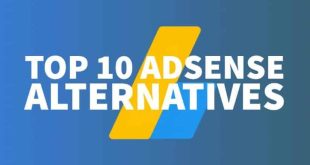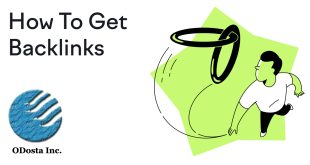HTML stands for Hyper Text Mark up Language.
It is a markup language that is used for describing web documents.A markup language consist of markup tags.HTML documents are described by HTML tags, each HTML tag describes different content related to the HTML document.
Let’s Start HTML Language From Basic to Advance Level.
Example:
- The <!DOCTYPE HTML> declaration defines this document to be HTML5
- The text between <HTML> and </HTML> describes an HTML document
- The text between <head> and </head> provides information about the document
- The text between <title> and </title> provides a title for the document
- The text between <body> and </body> describes the visible page content
- The text between <h1> and </h1> describes a heading
- The text between <p> and </p> describes a paragraph
HTML TAGS!
HTML tags are keywords or codes that are covered by angle brackets. <HTML CODE>
HTML tags for most of the time come in a pair of two for example <p>..<p/>. The first tag or the open tag <p> is to start the HTML code line you put this tag before you start the paragraph and the second tag <p/> is the close tag. It is used to close the paragraph. The (/) forward slash is used to close the HTML tags for example <body> you will write this to start your HTML code but when you end it the same body tag will be put with a forward slash to end it <body/>.
History!
In 1980 Tim Berners Lee who was an employee at the firm named CERN made a program called ENQUIRE it was a software which was the predecessor to the World Wide Web. It was a simple hypertext program for the CERN researchers so they could share information and documents. In 1989, Berners Lee wrote a memo proposing an Internet-based hypertext system. Berners Lee specified HTML and wrote the browser and server software in late 1990.
The first publicly available description of HTML was a document called “HTML Tags”, first mentioned on the Internet by Tim Berners Lee in late 1991,It describes 18 elements comprising the initial, relatively simple design of HTML.
HTML Timeline!
- November 24, 1995 HTML 2.0 was published.
- January 14, 1997 HTML 3.2 was published, which was updated and was made more accessible to people.
- December 18, 1997 HTML 4.0 was published as a W3C Recommendation (The World Wide Web Consortium (W3C) is the main international standards organization for the World Wide Web {abbreviated WWW}.
Later on the versions kept on coming with new and mind blowing updates! Now we have the newly designed and improved version of the HTML5 which is easier to use with more options and detailing then ever before.
Learn HTML basics!
All HTML documents start with a declaration but this declaration has no close tag so at the start before you starting typing the codes you have to declare <!DOCTYPE HTML>.
After this the basic tags…
- The <html> <html/> tag, this tag is the main part of a HTML document all of the coding of HTML comes in these tags in the start after you write the declaration you write the HTML open tag then at the end of the whole coding when your done with everything you put the HTML close tag.
- After the HTML tag comes the body editing the body tag is where you do all the editing and all the other compilations of text. <body> the open tag is used at the start and the close tag </body> is used at the end of the coding when your done with all the edit
- Everything from essays to paragraphs to articles all of them have a heading everything starts with a heading so the heading tag <h1> <h1/> the 1 is for the size they go up to <h6> the most preferable and the most used are the <h2> and <h3> tags.
- After the heading the paragraph tag that i already discussed the <p> open tag at the start and the close tag <p/> when your done with your paragraph.
- The HTML link tag. This tag specifically is only used for linking websites to pictures or the words. This is a pure tag that you have to remind.
<a href=”http://www.odosta.com”>This is a link</a>
You have to write it the same as it is just where the link is written you change the link to link the words to a different website for example google.com [AdSense-B]
<a href=”http://www.google.com“>This is a link</a> - The last tag related to the basics is the image tag used to insert a picture into your HTML document.
<img src=”odosta.jpg” width=”104″ height=”142″>
you write the name of the picture in it the whole address to it from wherever it is stored in your computer and from the width and height can be adjusted.
That’s all for the basics for now.
I hope this article helps you out!
If there is any query related to the topic you can comment here or e-mail me!
 ODosta Inc. Create Your Own Tech World
ODosta Inc. Create Your Own Tech World








